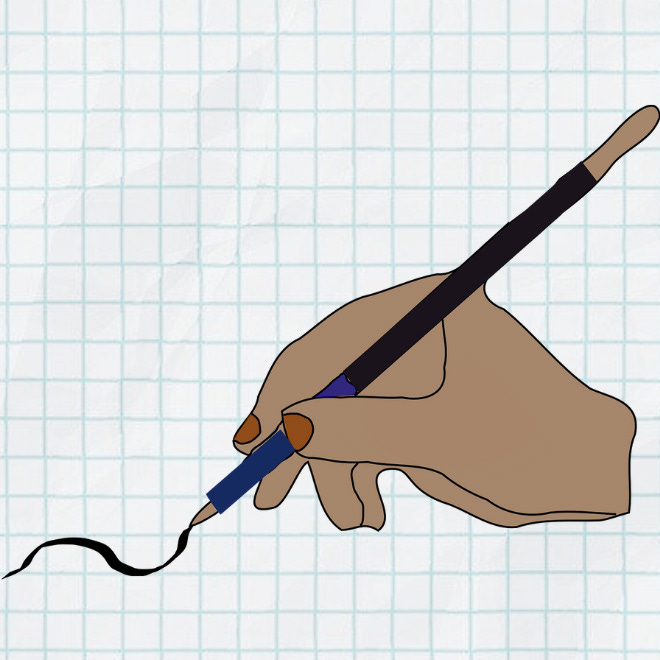Freddie, shown here dressed for a winter beach walk in his woolen Swanndri jacket, is always ready for a new adventure! (Photo by Helen Sword)
I can’t seem to stop writing about my dog Freddie, a snow-white bichon frise with a sweet disposition and a jaunty tail. He features in my most recent book, on the front page of my website, and even on my company’s “our team” page, where his official job description is “Cuddles Manager.”
Freddie doesn't spend long hours at the keyboard as I do. But he's taught me a lot about how to live, breathe, and flourish as a writer. In a recent newsletter post titled Write Like Freddie, I offered ten lessons that I’ve learned from Freddie about writing (and life):
Always dress for the occasion.
Don’t take yourself too seriously.
Do yoga. Every day.
Take your writing for a walk.
Write with friends.
Stay warm.
Chill out.
Don’t panic when things get messy.
When in doubt, take a nap.
Your fatal flaw may also be your superpower!
This list, I'll confess, is very much inflected by the 10 photos that I chose to illustrate it: Freddie wearing a bowtie, Freddie on a yoga mat, Freddie covered in sticky black sand, Freddie snoozing. The photos, in other words, inspired the wording of my half-serious, half-silly prompts.
But when I attend to Freddie’s actual behavior rather than to my Instagrammable snapshots of him, there are other — arguably much more important — lessons that he can teach me:
Delight in everything you experience with your senses: see, hear, feel, taste, smell the world around you.
Stay forever curious, even when you think you already know the terrain you’re moving through.
Explore, explore, explore!
Above all, Freddie reminds me to slow down and pay attention — and what better way could there be to savor an #AcWriMoment?
Imagine exploring your research terrain as a beginner, with all the curiosity, liveliness, and sensory awareness of someone like Freddie — whether an animal, a child, or just someone young at heart. What catches your eye, or your nose? What delights you? When you look at your project through fresh eyes, what can you see that you couldn’t before?
Looking for more writing-related inspiration and insights? Step into the WriteSPACE, a vibrant international writing community with members in 30+ countries. You’ll get premium access to resources, workshops, and tools designed to help you hone your wordcraft, sharpen your style, and coax your writing gently but firmly out the door! Click here to try free for 30 days.
For more scholarly writing inspiration, check out these resources from the curators of #AcWriMoments:
ScholarShape by Margy Thomas
WriteSPACE by Helen Sword








I have the luxury of being able to look at my work through a child’s eyes often because I have an almost-11-year old who’s very inquisitive and frequently asks me how ScholarShape is going and what I’m working on! It’s been through the responses I’ve heard myself giving him over the years that I’ve gradually come to see everything as a Story-Argument. He’s helped me find so many connections between my work and daily life as I’ve explained concepts to him using metaphors of concrete objects and experiences he’s familiar with. When I look at my work through beginner’s eyes, it seems simple but deep, like a classroom for young children, full of materials and possibilities yet focused and organized around a specific curriculum and understanding of human development.
I often use stained glass as a metaphor when explaining Modernist poetry to my undergraduate students. We expect language to be transparent, showing us what’s on the other side of our intentions; but the Modernists made their language opaque so that we would look AT it, not through it -- just like stained glass. What a lovely, colorful visual trope to anchor your blog posts in!